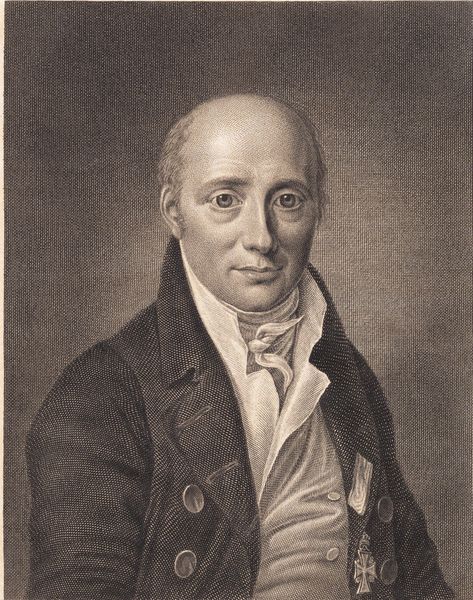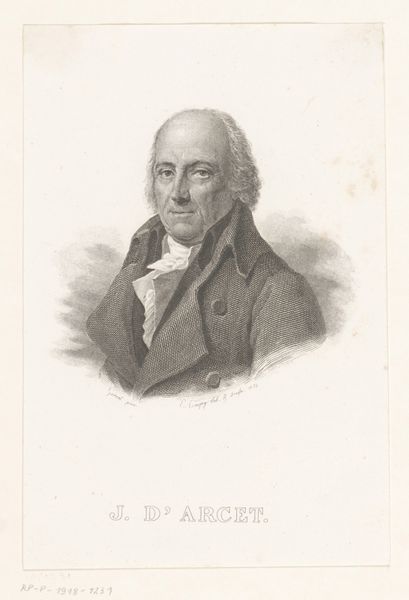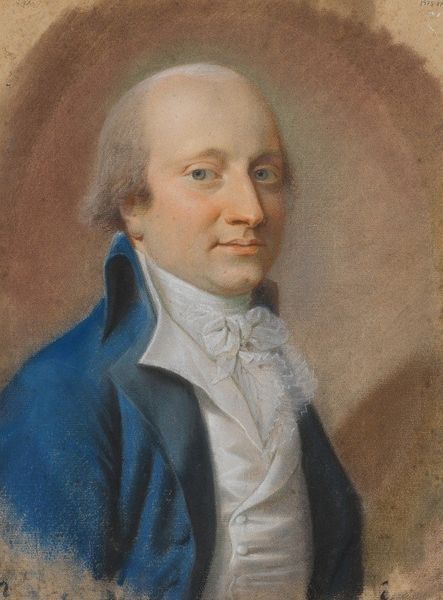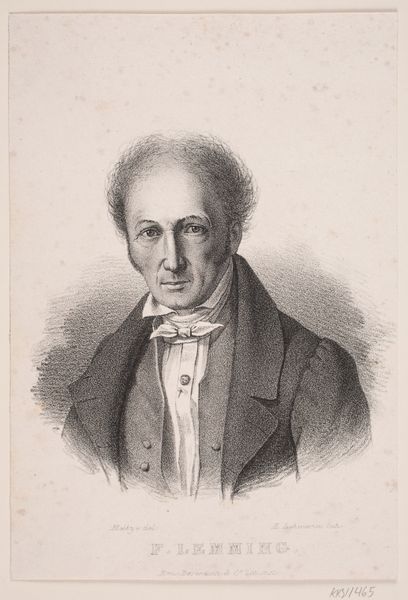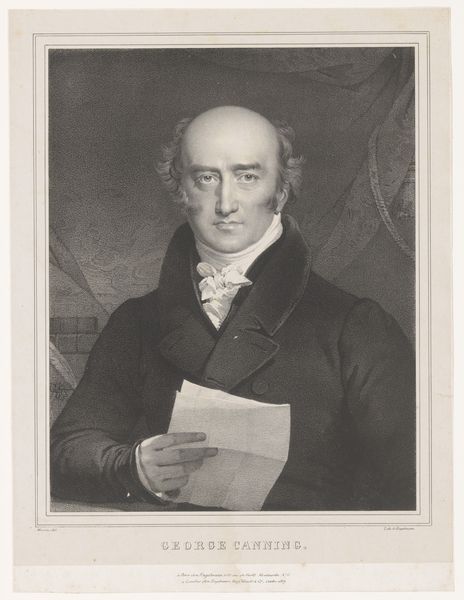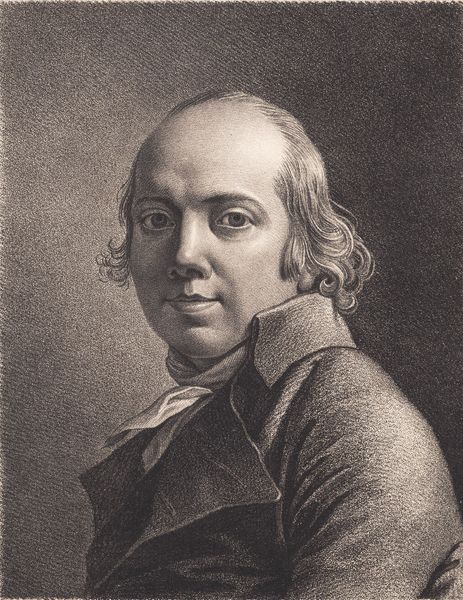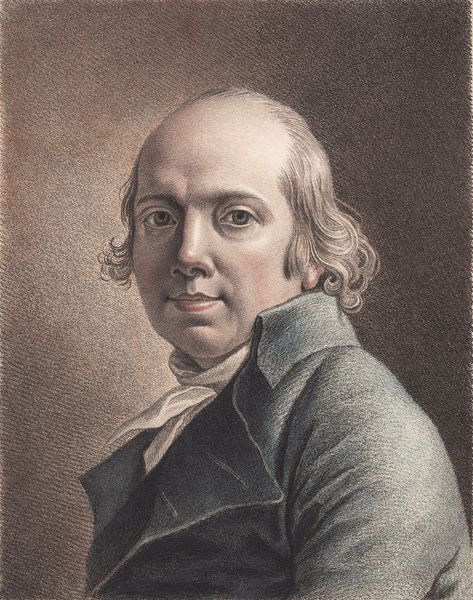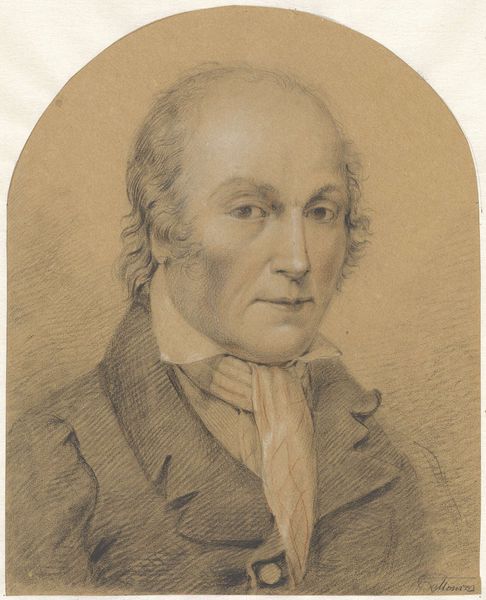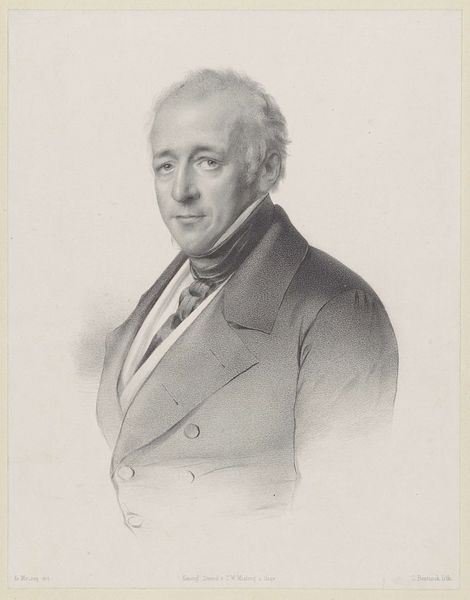
print, engraving
#
neoclacissism
#
portrait image
#
portrait
# print
#
portrait reference
#
portrait head and shoulder
#
portrait drawing
#
facial portrait
#
engraving
#
portrait art
#
fine art portrait
#
realism
#
celebrity portrait
#
digital portrait
Dimensions: 253 mm (height) x 183 mm (width) (bladmaal), 240 mm (height) x 171 mm (width) (Plademål), 181 mm (height) x 140 mm (width) (billedmaal)
Editor: Here we have J.F. Clemens’ portrait of O.H. Mynster, created between 1748 and 1831. It's a print, an engraving. The detail is incredible for this medium; it almost feels like a photograph in its clarity. How would you interpret this work in terms of its historical context? Curator: This portrait, viewed through a contemporary lens, invites us to consider the power dynamics inherent in representation. Clemens, as the artist, holds a certain power over Mynster's image. Who was Mynster, and how did his position in society influence this portrayal? How does Clemens, adhering to Neoclassical ideals, navigate the expectations of portraying someone of status during this period? Editor: Mynster must have been someone of importance to have a portrait made of him. His gaze seems very direct, as if assessing the viewer. But is that a genuine representation, or a performance of power? Curator: Exactly. The direct gaze, the subtle suggestion of wealth in his attire, the medal... all these details construct a very specific narrative. This was a period defined by social hierarchies, and portraits like this one were instrumental in reinforcing those hierarchies. What does it mean to depict someone with such unwavering confidence, especially knowing the societal inequalities that existed then? Is Clemens complicit in perpetuating a certain power structure? Or perhaps, is he offering a commentary? Editor: It's interesting to think about the layers of meaning embedded within what seems like a straightforward portrait. I never considered the artist's potential role in either supporting or questioning societal norms. Curator: It is crucial to consider the work as more than just a likeness, and question the cultural values and power structures present. Engaging in this critical analysis is essential for any student engaging with art history today. Editor: I appreciate that perspective. It definitely gives me a new way to approach art history and consider whose voices are amplified and whose are silenced through representation.
Comments
No comments
Be the first to comment and join the conversation on the ultimate creative platform.
